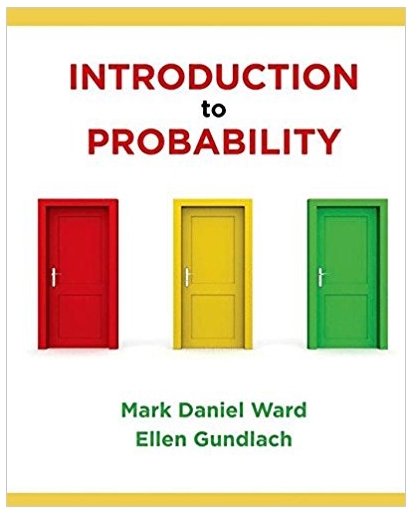Question
Stat 1010 Quantitative Methods Assignment Due: Friday November 6 at 12 noon (As a Word Document Submitted via Blackboard) Weight: 15% of final mark Late
Stat 1010 Quantitative Methods Assignment
Due: Friday November 6 at 12 noon (As a Word Document Submitted via Blackboard)
Weight: 15% of final mark
Late penalty: 20% for each day or part thereof that it is late
You are to work independently on this assignment or team up with at most one other person. If you do team up with someone, then only one document submitted using Word is to be submitted for the both of you. Please be sure to include a coverpage showing the name/s and student id #/s for the person/s who did the assignment.
Choose two separate but related stocks (e.g. BMO versus TD, Rogers versus Bell, etc) that are listed on the Toronto Stock Exchange (www.tmx.com). Type in the company name in the search window (this is where the magnifying glass icon is located). Then click on "Trade History", and then click on "Price History". You want the "Close" price as the prices you are to work with.
Track the closing price of these stocks for any continuous 30 day period from July 6, 2020 to September 25, 2020 that the market was open. Thus, you should have 30 prices in total for each stock.
1.Determine the skewness of each stock's price. Justify your answer.
2.Construct appropriate graphs for these stocks' closing price and explain why the graphs you constructed are the most appropriate ones.
3.Find the interquartile range for each stock and explain what these numbers represent. Assume that you are explaining this to a non-statistician.
4.Which stock had a more volatile closing price over the 30-day period.Justify your answer.
5.If you are not very risk averse, which stock would you choose? Explain.
6.Which stock allowed for a greater opportunity to make a profit? Explain.
7.Construct a grouped relative frequency distribution for each of the stocks' closing prices. It is up to you as to what price ranges/classes you wish to use.
8.From the relative frequency distributions in question 7, find the means and standard deviations for each stock. Explain what this means.
9.For each stock's prices, show that Tchebysheff's theorem applies.
Be sure to attach an appendix showing the 30 closing prices for each of the stocks along with the prices' respective dates.
Step by Step Solution
There are 3 Steps involved in it
Step: 1

Get Instant Access to Expert-Tailored Solutions
See step-by-step solutions with expert insights and AI powered tools for academic success
Step: 2

Step: 3

Ace Your Homework with AI
Get the answers you need in no time with our AI-driven, step-by-step assistance
Get Started


